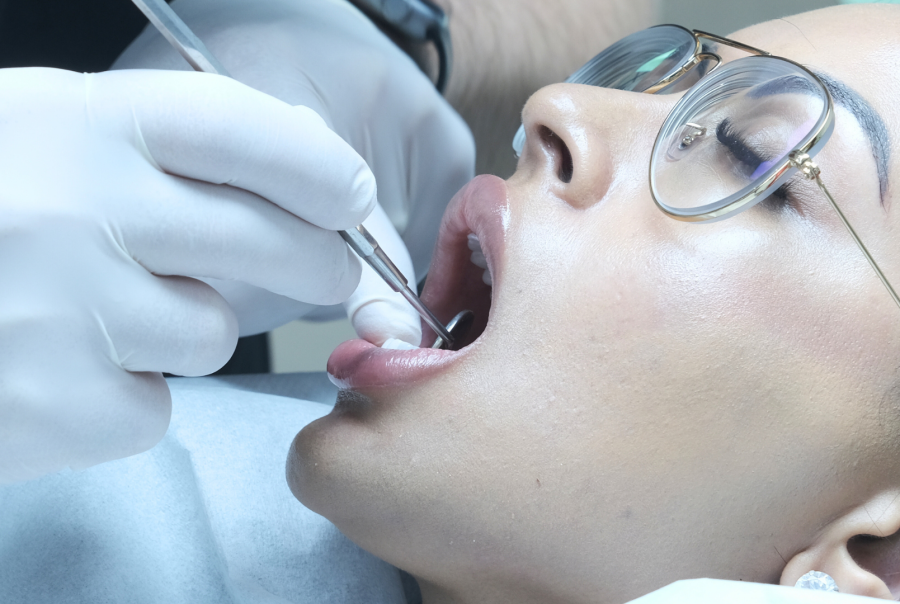Get information about Dental Bonding with the explanation of specialist dentist Egemen Ozdemir.
Dental Bonding

Dental Bonding, Prime Dental Turkey.
In recent years, bonding treatment has become one of the more preferred methods by individuals experiencing aesthetic and functional problems with their teeth, thanks to the development of techniques and materials used in dentistry. Another significant reason for its preference is that it is a treatment option that preserves the existing tooth structure and does not harm healthy tissue.
As the name suggests, bonding involves the application of a filling material bonded to the tooth structure. The increased preference for bonding along with laminate veneers in recent years is partly due to greater awareness among individuals with aesthetic concerns about their teeth. In the past, individuals with aesthetic issues tended to prefer crowns, but as the importance of preserving healthy tooth structure has been recognized, treatments like bonding and laminate veneers have become more popular.
Bonding offers a suitable treatment option for individuals with small gaps between their teeth, minor fractures on the tooth surfaces, teeth that are smaller than normal with surrounding gaps, or those who desire whiter teeth but have not achieved satisfactory results from whitening procedures.
Advantages of Bonding Treatment
- Closes gaps up to three millimeters: It can easily close gaps in cases where the spaces between the teeth do not exceed three millimeters.
- No tooth reduction: Preferred by individuals with aesthetic problems who do not want to undergo tooth reduction.
- Previews for other treatments: Provides a solution for those considering laminate veneer or zirconium but unsure about the final appearance.
- Whiter teeth: Allows for a whiter tooth appearance.
- Repairs minor damages: Easily used for cases with small fractures or cracks in the teeth.
- Less staining: Bonding applications stain less than natural teeth.
- Cost-effective: More affordable compared to laminate veneer and zirconium coatings.
- Quick procedure: Faster to apply compared to laminate veneer and zirconium coatings.
- Re-applicable: Can be applied multiple times since it does not damage the tooth surface.
Disadvantages of Bonding Treatment
- More fragile: The filling materials used are directly applied to the tooth surface and are more fragile compared to porcelain veneers which undergo a firing process.
- Stains more than veneers: Although they stain less than natural teeth, they stain more than laminate veneers as the polishing process is done with rubber wheels.
- Shorter lifespan: The lifespan is shorter compared to laminate veneers.
Procedure Process
The procedure does not require any special preparation. First, the patient and dentist decide on the color of the bonding material. The tooth surfaces are roughened to ensure good adhesion of the filling material, and then the bonding procedure is applied. Generally, the bonding process takes about half an hour per tooth. Since no reduction of the tooth surface is performed, bonding is not a painful procedure. The lifespan of bonding is approximately two years. After two years, it may need polishing or renewal.
Egemen Ozdemir
He was born in Edirne in 1986. After completing his primary education at Edirne Şükrü Paşa Primary School, he finished his secondary education at Edirne Anatolian High School in 2001. He then attended Edirne Science High School from 2001 to 2004. He graduated from the Ege University Faculty of Dentistry, where he excelled in his studies.
Throughout his career, he has developed expertise in the field of aesthetic dentistry by participating in numerous courses, congresses, and symposiums. Before joining Prime Dental Clinic, he spent nine years working as a dentist and manager in various clinics in Izmir.










